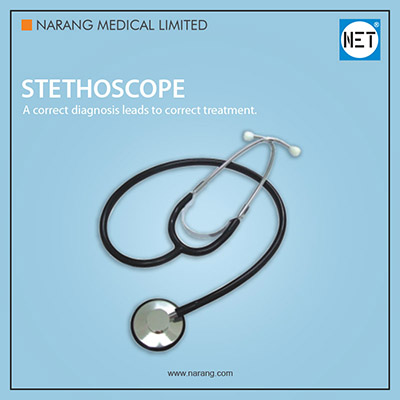Introduction to Operating Theatre Technological Evolution
The landscape of surgical procedures has been shifting dramatically, thanks to the relentless pace of technological innovation. Operating theatres have transitioned from traditional settings to highly advanced environments where technology plays a pivotal role in enhancing surgical success and patient outcomes. These advancements in operating theatre equipment not only improve the efficiency and safety of surgical interventions but also minimize postoperative complications, leading to more positive outcomes for patients.
Key Advancements in Operating Theatre Equipment
Robot-Assisted Surgery Systems
One of the most groundbreaking advancements in operating theatre technology is the introduction of robot-assisted surgery systems. These systems, such as the Da Vinci Surgical System, provide surgeons with unparalleled precision, dexterity, and control, allowing for minimally invasive procedures with smaller incisions, less pain, and quicker recovery times. Robot-assisted surgery has been successfully applied in various fields, including urology, gynecology, and cardiothoracic surgery, demonstrating its versatility and efficacy.
3D Visualization and Augmented Reality
The adoption of 3D visualization and augmented reality (AR) technologies has revolutionized the way surgeons plan and perform procedures. By rendering a three-dimensional view of the patient's anatomy, surgeons can navigate complex anatomical structures with improved accuracy and safety. Augmented reality goes a step further by overlaying these 3D images directly onto the patient during surgery, providing real-time, guided assistance that enhances the surgeon's ability to make precise movements and decisions.
Advanced Surgical Instruments
Instrumentation in the operating theatre has also seen significant advancements. The development of ultrasonic cutting and coagulating devices, for example, has provided surgeons with tools that offer superior control over bleeding, reducing intraoperative blood loss. Electrosurgical units have been refined to deliver precise energy for cutting and coagulation, minimizing damage to surrounding tissues. These and other high-tech instruments have become indispensable in modern surgical practice.
Minimally Invasive Surgical Equipment
The push towards minimally invasive surgery (MIS) has been greatly facilitated by advancements in surgical equipment. Laparoscopic tools, for instance, allow for operations to be carried out through small incisions, leading to less postoperative pain, reduced infection rates, and faster recovery. Endoscopic equipment has also evolved, offering enhanced imaging capabilities that provide clearer, more detailed views of internal structures, thus improving the overall outcome of surgical interventions.
The Impact of Technological Advancements on Surgical Outcomes
The integration of advanced technologies in the operating theatre has had a profound impact on the success of surgical procedures. By enhancing the precision and efficiency of surgeries, these innovations have contributed to a significant reduction in operative times, hospital stays, and postoperative complications. Furthermore, the advent of less invasive techniques has greatly improved patient satisfaction by offering less traumatic surgical experiences and quicker returns to normal activities.
Challenges and Future Directions
Despite the numerous benefits, the implementation of advanced operating theatre equipment also presents certain challenges. High costs, steep learning curves for surgeons, and the need for ongoing maintenance and technical support are among the key obstacles to widespread adoption. Nonetheless, as research continues and technology advances, it is expected that these challenges will be addressed, and the benefits of these innovations will become more accessible to healthcare providers worldwide.
The future of surgical procedures looks promising, with ongoing developments in robotics, nanotechnology, and artificial intelligence expected to further revolutionize operating theatres. These advancements promise to enhance surgical precision, reduce risks, and ultimately lead to even better patient outcomes.
In conclusion, the advancements in operating theatre equipment represent a significant leap forward in the field of surgery. As technology continues to evolve, the focus remains on refining these innovations to maximize their benefits and ensure they contribute to the overarching goal of improving patient care and surgical outcomes.
Learn more about Narang Medical Ltd
















